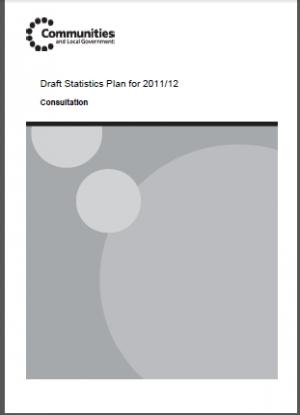



The CLG's recently proposed Draft Statistics Plan 2011-12 may well scupper the HCA's widely-advertised "GIS mapping of empty homes".
This is because the Draft Plan proposes dropping the Electronic Survey of Empty Homes (ESEH). This populates the neighbhourhood statistics data on empty homes down to a census "Lower Super Output Area" level. The data is provided by local authorities from their council tax databases, presumably on a voluntary basis because coverage has never gone above 80% of the country as far as we know.
Unless HCA has negotiated independently with all the country's council tax authorities, we do not see any source for their proposed GIS mapping data other than the ESEH. Should the ESEH be dropped, the HCA would still be able to rely on historic data of course, but the latest data to be published is already out of date - referring back to 2007-08. This in itself indicates the faltering nature of the ESEH project.
For a government committed to transparency and "opening up the data", the ESEH is something of test case. In principle, the ESEH ought to be an easy exercise to mount. Indeed it could easily be enhanced. Councils already have to account for their empty homes and second homes when they produced their CTB returns that have been used to calculate the Annual Financial Settlement for local authorities and now form the basis for calculating New Homes Bonus. There must be a record-per-dwelling dataset that provides the audit trail for the CTB returns. It should be a relatively trivial matter for software providers to ensure that this dataset includes information such as exemption class, the date a home became empty, post code, ward, discount code (eg second home, LTE) and dump it out in a standard xml or csv format.
Rather than dropping the ESEH, the government should insist that local authorities provide the relevant information about empty homes and local authorities should ensure that their software providers adapt their systems accordingly.
If we are right about the relationship of the HCA mapping to the ESEH data, we hope the HCA will join us in pursuing the issue with the government..
